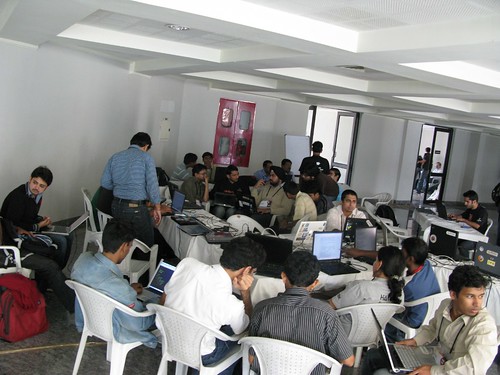
From James Morris at Flickr





Happiness is when what we think, what we say and what we do are in complete harmony




 This in turn is equal to
This in turn is equal to
def exponent(x, n):
m = n
expx = x
power = 1
while (m > 0):
while ((m % 2) == 0):
expx = expx * expx
m = m >> 1
m = m - 1
power = power * expx
return power











Remember to look at /var/log/audit files as root and run audit2allow to get some useful hints with SELinux. SELinux comes with a set of rich GUI tools, be sure to use them as you walk through the seemingly friendly maze of SELinuxI found some help on the mediawiki site that gave me instructions on how to setup SELinux and mediawiki together. To my surprise, I found quite a few software vendors providing additional instructions for setup when SELinux is enabled.
“...given the threat models and capabilities of the adversaries involved, that's probably appropriate... But that’s not necessarily appropriate for all users. SELINUX is so horrible to use, that after wasting a large amount of time enabling it and then watching all of my applications die a horrible death since they didn't have the appropriate hand-crafted security policy, caused me to swear off of it. For me, given my threat model and how much my time is worth, life is too short for SELinux.” — Theodore Ts’oYou can only imagine how relieved I was to see this quote
Life is too short for SELinuxI was not alone, others hated it and found it hard to use as well. How pathetic can such happiness be, but I was overjoyed, excited to say the least.
Some of the policy from the app automation refers to https://rclone.org/privacy/ if you are a general blog reader, follow Google's polic...